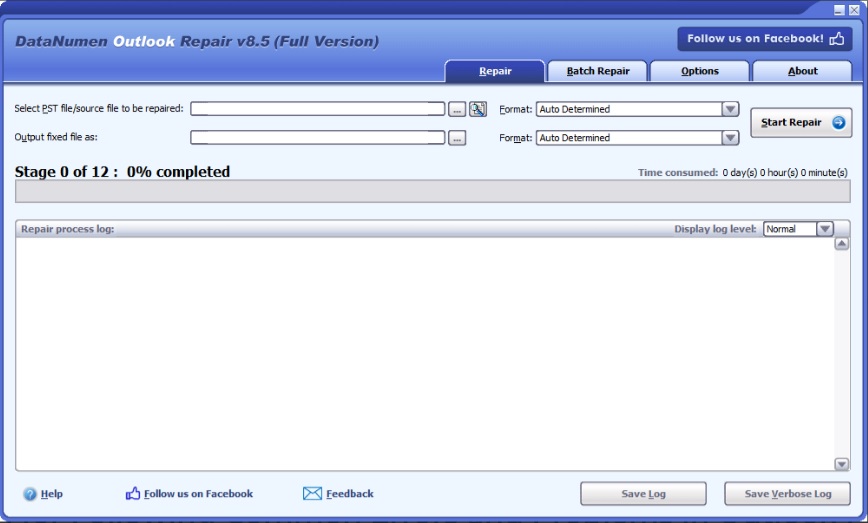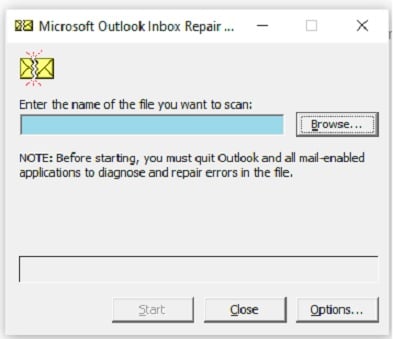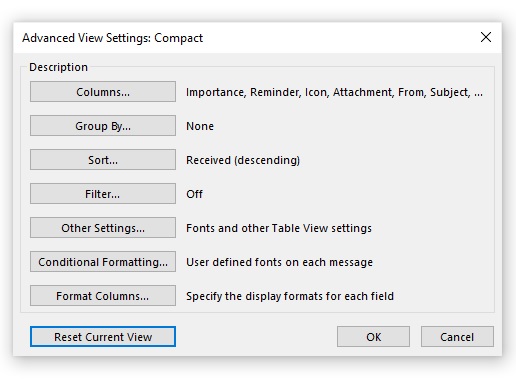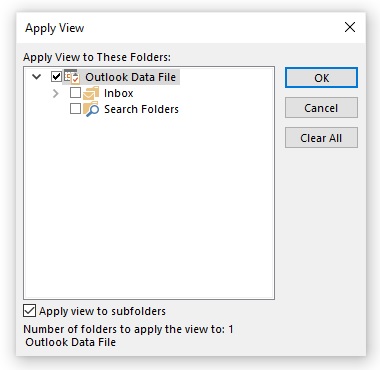Occasionally while working on the MS Outlook application you may find that subfolders don’t show under Inbox in the Outlook PST file. Here we will showcase five effective solutions to rectify the issue.
The Microsoft Outlook application is universally acknowledged for its expansive range of features and overall ease of use. It continues to hold the position of the preeminent desktop email client even today. However, the application can occasionally behave in an erratic manner. One such issue that some Outlook users tend to notice is the absence of subfolders appearing under Inbox. The issue of the disappearance of subfolders from PST files is more frequently noticed in systems running the Windows 10 operating system.
Understanding the Causes for Subfolders Not Showing in Outlook
If you find subfolders missing under Inbox, you are most likely looking at an incident of PST corruption. At times errors can get introduced into the underlying data file, due to logical errors which can compromise the data file and cause this error to show up. In some cases, incorrect view settings too can cause this issue to materialize. To resolve the issue of subfolders not showing up, you can try out the five solutions listed below.
#1. Utilize a Top of the Line PST Recovery Tool
Given the fact that a corrupted PST can be the root cause behind missing subfolders in MS Outlook, it makes sense to run a top-notch PST recovery tool like ever-dependable DataNumen Outlook Repair to attempt a recovery. This powerful application can obtain all the data elements from the compromised PST file and move it to an output file in quick time. When the recovery process is over, just replace the corrupted PST file with the final output file and try running Outlook again.
#2. Try Using the ScanPST Tool to Repair the Corrupted File
Given the uncanny frequency of the Outlook application to generate errors, Microsoft provides a recovery tool with the MS Office application package, called ScanPST to deal with such issues. While the Inbox Repair Tool can help you to deal with minor incidents of data corruption, you must always keep in mind that the application may come up short against incidents of extensive data corruption. Just go to Microsoft’s Support Site to know the location of ScanPST on your system and the process of performing a recovery.
#3. Reset Views in Outlook for All Folders
To isolate the issue of setting errors in views, it is recommended that you attempt to reset the Outlook view by following the steps listed below.
- Launch the MS Outlook application and go to the Inbox folder
- Now head to View in the top menu bar and click on Change View and choose the view option (example Compact, Single)
- Now Click on View Settings and then Click on Reset Current View
- Next head back to Change View and Click on Apply Current View to Other Mail Folders
- When the Apply View screen shows up, mark the checkbox for Apply view for subfolders and click Ok to save the changes.
You can also find more detailed information from the Microsoft support site.
#4. Revert Back to Previous Restore Point Using System Restore
The System Restore feature in Windows is a fabulous option to handle any software issues that you may experience while working on the system. It can be used to roll back the system to a previous state when the Outlook application was working in proper order. To run System Restore, try the steps listed below
- In the Windows Search Bar (also called Run Box) on your desktop and type in System Restore
- Now launch the Recovery Control Panel
- Under the Advanced recovery tools choices, hit on Open System Restore
- Now select a specific Restore Point when you believe the Outlook application was working without any hassle and revert back the system by following the on-screen instructions.
#5. Replace the Existing PST File with a Previously Backed up Copy
Many Outlook users, especially those who use Outlook for business communication tend to take regular backups of the PST data file. Now in case, you possess a previous backup copy of the PST file, you can simply replace the current file with it. This process can be completed in a quick time and is quite easy to perform as shown in the steps below.
- Open MS Outlook and head to the File tab
- Next under the Info tab and head to Account Settings
- Choose Account Settings from the available options
- Next, move to the Data Files tab and extract the location of the current PST file
- Open the relevant folder in Windows and replace the existing file with the backup data file





